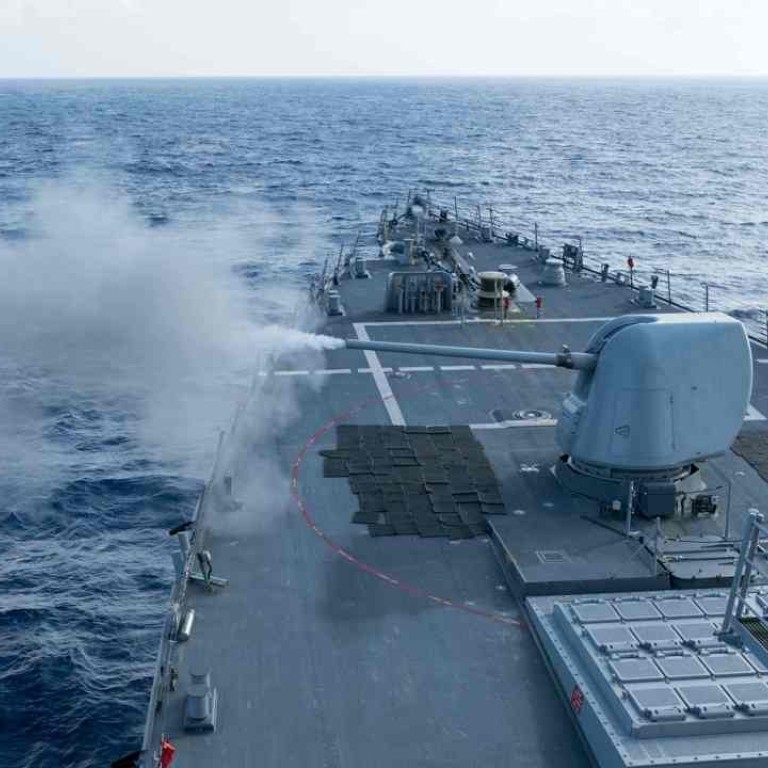
Beijing and Washington must pursue dialogue to maintain calm waters in the South China Sea
Latest intrusion by a United States Navy vessel only serves to heighten tensions in an area where Vietnam and Taiwan also have competing claims
Just days after US Secretary of State John Kerry’s latest visit to Beijing, yet another incident between the two nations over China’s territorial claims in the South China Sea is a reminder that continuing high-level dialogue between them is crucial to avoiding potentially dangerous misunderstandings. The Pentagon dispatched a warship to within 12 nautical miles of Triton Island in the Paracels to “challenge attempts to restrict navigation rights and freedoms”. The defence ministry in Beijing said the PLA garrison on the island had warned off a destroyer that had entered its territorial waters.
The US named Vietnam and Taiwan as well as China as territorial claimants who attempted to restrict navigation in the area. This is seen as a way to send a message to the newly elected government of Taiwan and the new Politburo line-up in Vietnam following a five-yearly Communist Party congress that such operations by sea and air will continue.
The latest move comes three months after an American warship sailed close to the Spratly Islands in another disputed area of the South China Sea in October. What sets the latest operation apart, and what has angered China, is that it is the first time the US Navy has challenged China’s territorial claims in the Paracels. Other than Vietnam, no country has ever challenged China’s ownership of the Paracels since a naval conflict between the two in 1974. This has naturally given rise to suspicions that the US is trying to stir up an issue between China and Vietnam. Interestingly, compared with Beijing’s immediate protest, Hanoi issued a mild response, calling on all countries to make positive and practical contributions to maritime peace and stability. It did not criticise the US, and affirmed the “right of innocent passage” through its territorial seas in accordance with international rules.
The South China Sea dispute came up during Kerry’s visit, when Foreign Minister Wang Yi (王毅 ) offered assurance that it was an issue of sovereignty and that claims of China’s militarisation of the sea were unfounded. Sadly, the latest operation does not uphold agreements on preventing confrontations reached after incidents in 2001 and 2009. Some say Beijing’s condemnation of it as “provocative” is not enough to deter the US. But heightened confrontation is in no one’s interests. Both sides need to remain calm and pursue dialogue, in the spirit of the agreement between President Xi Jinping (習近平 ) and President Barack Obama last September to build a new type of great-power relationship. An expected meeting at a summit in the US next month is positive for closer communication.

